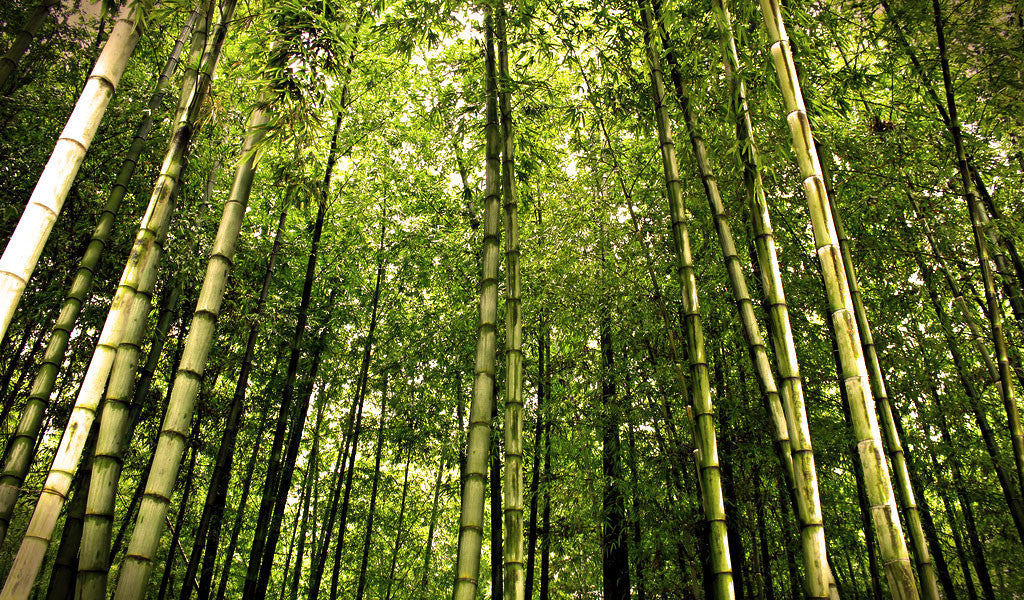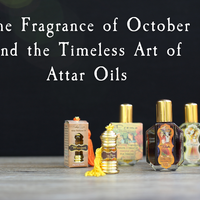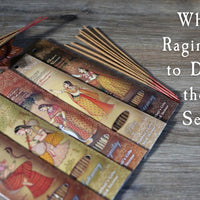In India, a devotional and fragrant tradition originated hundreds, if not thousands, of years ago. First, bamboo was sliced into thin pieces and rolled onto irresistibly divine incense pastes. Different regions are known for their different blends of dried flowers, herbs, sandalwood and oils designed to be offered to God, while invoking great devotion in the one who offers them. Some blends are designed especially to facilitate meditation and other intentions. But it’s what is at the center of these Indian incense sticks that they all have in common: bamboo. And why exactly is bamboo so perfect as the core of incense sticks that it is still in use today? Well, there are at least 7 reasons why it’s so darn ideal that we’d love to share with you.
-
Okay, we don’t actually want a flame to last much longer than the first five seconds, but all incense sticks do need something to keep their aroma-releasing ember alight. Incense needs some sort of fuel, shall we say. Some blends, particularly in incense cones, turn to fuel sources such as charcoal or even manmade flammables to ensure that it burns all the way to the bottom. For many makers of incense sticks, however, using narrow pieces of bamboo as the base is a no brainer for all sorts of reasons – spiritual symbolism, aroma, environmental sustainability, as a 100% natural and renewable resource, the list goes on. Scroll down to learn more about this amazing grass. (Yep, bamboo is actually a type of grass and grows as bountiful as weeds. Shocked? Read on.) A 100% natural way to keep the flame alive
A 100% natural way to keep the flame alive
-
Symbolism
Bamboo is an astounding wood that grows all over this beautiful planet of ours and is used for a multitude of purposes. Intriguingly, this strong yet hollow tree also holds all sorts of symbolism, differing in details depending on region and religion, but it’s all good no matter which way you look at it. Bamboo trees have small girths compared to large trees yet they endure cold winters, hot summers and bend ever so gracefully in the wind, representing endurance despite their fragile appearance and flexibility in difficult times. For some, bamboo also symbolizes good luck, and the ability to spring back from adversity and not be defeated during difficult times. In Chinese temples, it’s used for divination and some use it for protection, luck and even to break a hex.
-
Bamboo is hollow. Quite a rare characteristic for a tree-slash-giant-grass, no? Well, this is where spiritual symbolism abounds and, of course, the incense in which it is used has spiritual origins. Incense was designed hundreds of years ago as a fragrant offering to the Divine in various forms of worship as well as to facilitate meditation. So it is fitting that bamboo and all the symbolism around its hollow and flexible, yet resilient, stature has a place in these devotional practices. There are many philosophies and religions that recognize that in order to learn great wisdom, we must first empty ourselves of preconceived notions in the same way that a cup that is already full cannot be filled with anything more. The hollow of the bamboo reminds us that we are often so filled with our own conclusions that there is no room left for anything else. But if we want to receive knowledge and wisdom, whether from others, nature or life experiences, we have to leave room to accept all that is new and different. When our mind is emptied of prejudices, pride and fear, the possibilities that we become open to are endless. Empty the vessel and the wisdom pours in
Empty the vessel and the wisdom pours in
-
Strongly rooted yet goes with the flow
Bamboo’s rare combination of strength and flexibility is utilized on the physical level while admired on the spiritual platform. While its practical uses in different types of construction abound, it is also ideal as the foundation for incense sticks because it can be hand-cut into an extremely narrow shape yet remain strong enough to hold straight while carrying the weight of the fragrant paste of dried flowers, herbs, sandalwood and aromatic oils that are rolled onto it. Since the burning of incense is a spiritual practice for many, the spiritual symbolism of the wood is also appreciated. A bamboo forest sways with even the slightest breeze in a gentle movement that symbolizes the humility that many spiritual aspirants strive to attain. While bamboo is strongly rooted in the ground, its strong trunk does not fight the force of the wind but moves harmoniously with it. Every wind storm eventually comes to an end but the bamboo remains standing tall and, once again, still. Bamboo bends but doesn’t easily break. Is this the answer to success in dealing with the challenges of everyday life?
-
Renewable
Bamboo is a renewable wood. But what does that mean, you ask? It means that the same pocket of land can host generation after generation of the grass while remaining environmentally healthy. Let’s take redwoods, for example. These giants of the forest usually live for around 600 years with some lucky ones reaching for the sky for 2,000 years. Yep, that’s two millennia and pretty hard for most of us to even fathom. Cutting down one of these majestic beauties—which will take centuries to replace—will reap a bounty of wood, but at an environmental cost including loss of habitat for wild animals and another step toward global warming as trees are needed to absorb carbon dioxide and make much-needed oxygen. Giant bamboos, on the other hand, are the largest members of the grass family and are the fastest-growing plants in the world. Depending on the species, they can be safely harvested within three to seven years. This means that this perennial crop shoots up new generations within a relatively short timeframe, making the wood highly renewable and, in other words, environmentally sustainable. Let’s break it down for a moment and take a more common tree that’s harvested for its wood, the pine. After 30 years, a harvested pine tree will give around 300 pounds of timber. In the same timeframe, regenerating bamboo will create 15 times that at 5,000 pounds.
-
Green
Not only is bamboo the color green, but it is, in every environmental sense of the word, green. Bamboo is not only fast growing and requires minimal resources to be cultivated, it grows where other plants will not, such as land that has been degraded from misuse. Its strong root system reduces soil erosion, an unfortunate reality in many parts of the world, preventing landslides and the dumping of unabsorbed fertilizers into rivers and lakes where they can harm the ecosystem. This perennial crop prevents the reliance on forests that have been over-harvested and are, therefore, threatened. Bamboo, a.k.a. the poor man’s timber, is an ideal alternative and solution to the planet’s unenviable environmental state at the moment.
-
Socioeconomic boost
As we said above, bamboo is the “poor man’s timber,” and along with that nickname, some much-needed programs have been created to help improve the socioeconomic situations of many people who need a boost. These programs aim to help eradicate rural poverty in African countries. As one of the fastest growing plants on God’s green earth, bamboo forests have played an unassuming role in creating jobs and economically empowering women. As a perennial crop, bamboo provides year-round income, creates jobs for both men and women, and protects the environment to boot.









0 comments